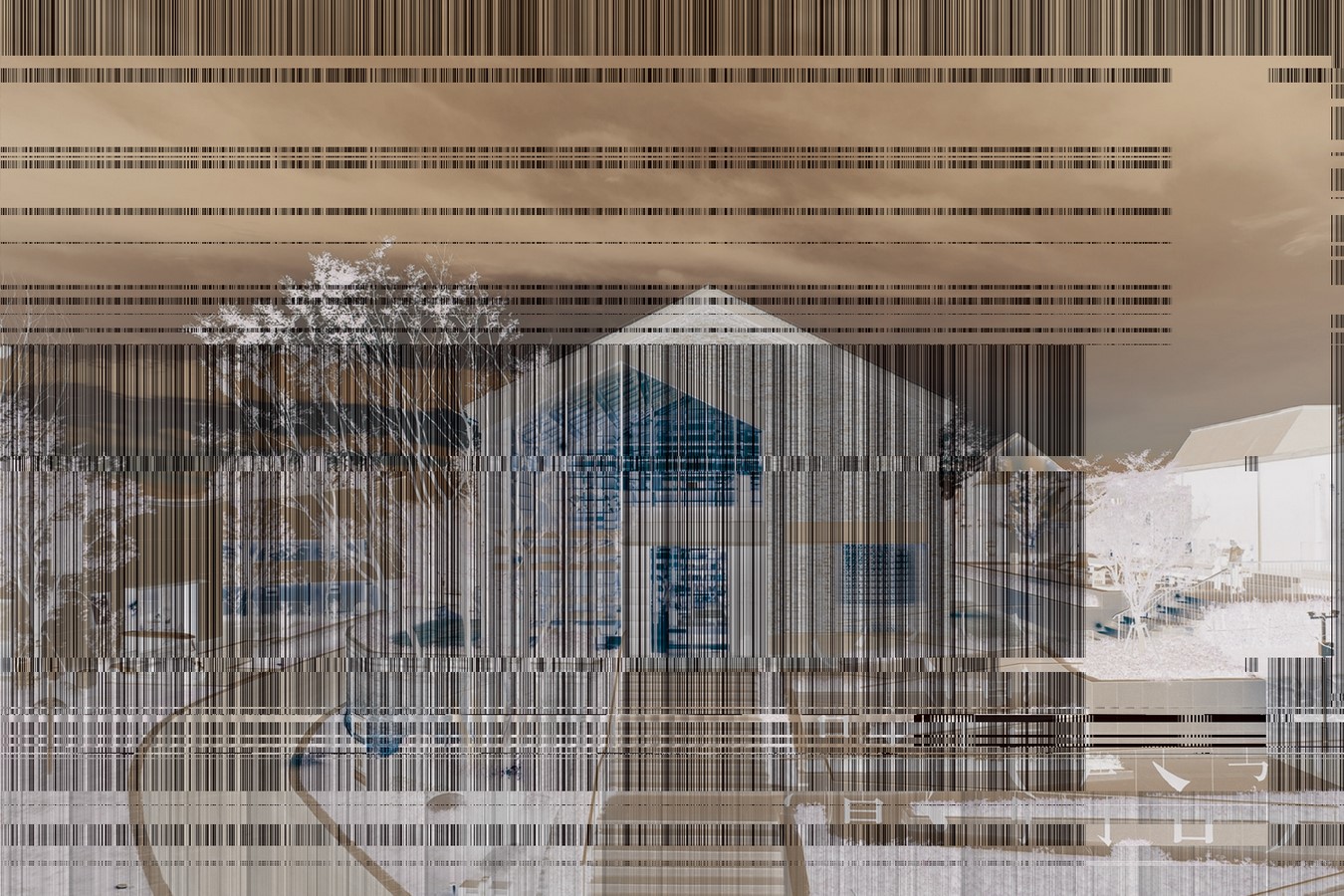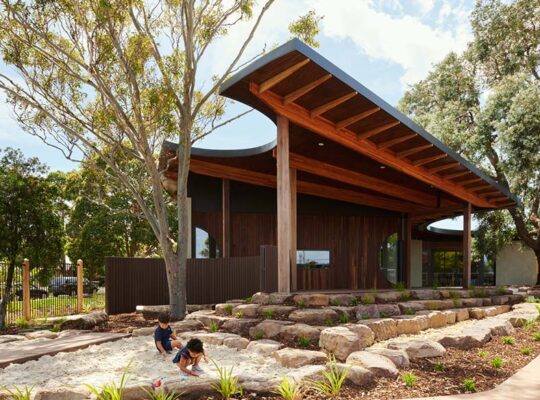Context and Inspiration
The Hefei 1953 JuXing Grain Post • Shanghai Sanlian Bookstore draws inspiration from the deep-rooted connection between rural areas and agriculture. Situated within the JuXing Grain Post Cultural and Tourism Resort in Mingchuan Township, Feixi County, Hefei City, the building pays homage to the agrarian heritage while transforming its function from storing material food to preserving cultural nourishment.

Harmonizing Tradition and Modernity
The project navigates the tension between old structures and new materials, particularly evident in the preservation of the original granary walls dating back to 1953. To reinforce the deteriorated structure, a steel frame system supports the load, juxtaposing the aged brick-and-wood construction with contemporary elements like glass facades and wooden frames.


Illuminating the Space
Central to the design is the creation of an “ivory tower” within the granary, symbolizing enlightenment and community engagement. An opening at the geometric center of the roof allows natural light to penetrate the space, illuminating a tower-shaped structure below. This tower serves not only as a source of light but also as a ceremonial space and bookshelf, inviting interaction and reflection.

Serving the Community
Above its function as a bookstore, the Hefei 1953 JuXing Grain Post embraces a social mission, catering to the evolving needs of the rural community. By integrating elements of “temporality” and “regionality,” the project adapts to changing usage patterns and behaviors, ensuring its relevance and accessibility for generations to come.
Conclusion: A Testament to Rural Revitalization
In revitalizing rural areas, architects grapple with preserving heritage while meeting contemporary needs. The Hefei 1953 JuXing Grain Post Shanghai Sanlian Bookstore stands as a testament to this endeavor, embodying the spirit of cultural preservation, community engagement, and architectural innovation.


























